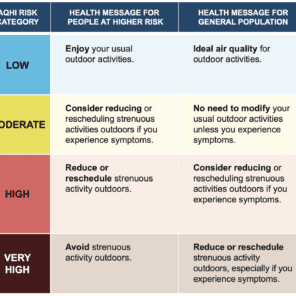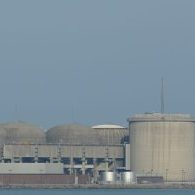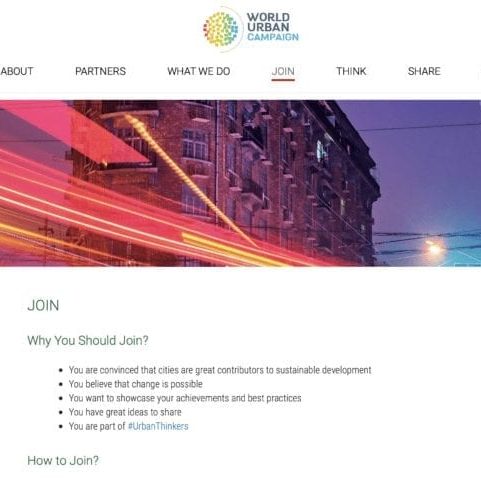Client: World Health Organization (WHO)
Listing of the client in no way affirms the client's support, sponsorship, or validation in any form of Risk Sciences International or the RSI staff member(s) who conducted this project during their stay with RSI or prior to joining the company. This case study is displayed for informative purposes only to demonstrate the capacity of RSI staff members. This case study reveals no proprietary information or information deemed sensitive.
Update of WHO Guidance on Food Defense
To support international efforts in mitigating deliberate threats to the food system, the World Health Organization commissioned an update to its earlier guidance titled Terrorist Threats to Food. The revision aimed to broaden the original scope by addressing not only intentional acts, such as food terrorism, but also a wider array of systemic risks—ranging from pandemics to geopolitical disruptions—that could compromise global food safety.
Risk Sciences International was tasked with laying the groundwork for this updated guidance. The work involved four key components: conducting a comprehensive literature review using academically rigorous methods; collecting and organizing relevant qualitative and/or quantitative data; clearly outlining the methods used to ensure scientific transparency; and developing a skeleton paper to help structure the final document.
The project explored food as a vehicle for harm, the vulnerabilities inherent in global food systems, and the social, economic, and health-related impacts of food-related threats. It also examined existing prevention strategies, response capabilities, and international coordination mechanisms. The resulting materials were designed to support WHO Member States in developing robust, evidence-based food defense strategies. In addition to informing policy specialists, the deliverables were structured to be accessible to broader audiences, including non-technical decision-makers.
Experts related to this case study
More RSI Case Studies
RSI presents a very small selection of case studies to highlight some of its key work.




















